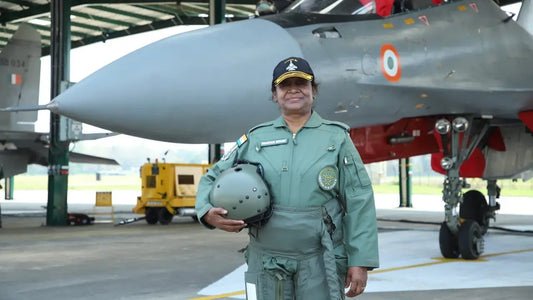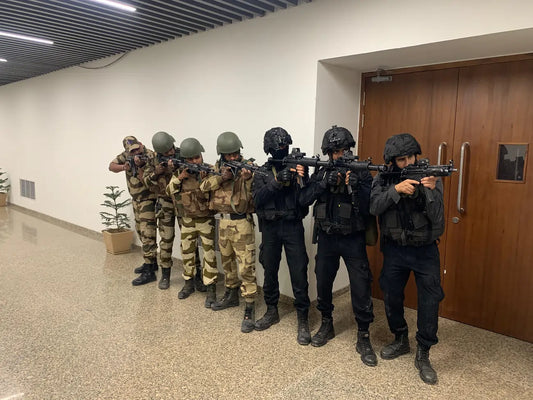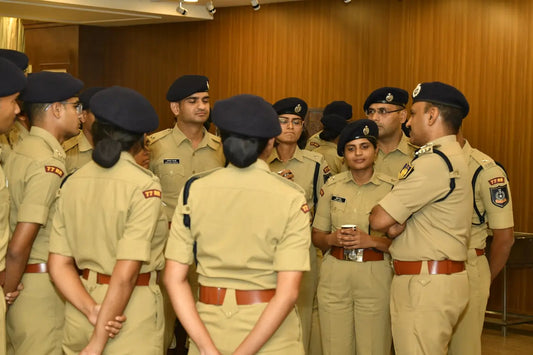Indian Air Force Evaluates Purchase of Greek Mirage-2000-5 Jets Amid Cost and Compatibility Concerns

During an official visit to Greece from June 23 to 25, Air Chief Marshal Amar Preet Singh, the Chief of the Air Staff of the Indian Air Force (IAF), engaged in high-level discussions with Lieutenant General Dimosthenis Grigoriadis, the Chief of the Hellenic Air Force General Staff. A significant topic on the agenda was Greece’s formal proposal to sell 15 Mirage-2000-5 fighter jets to India, as Greece is planning to phase out these aircraft in favor of its newer Rafale fleet.
This proposal is part of Greece's ongoing efforts to modernize its air force, focusing on transitioning to advanced multi-role platforms like the Rafale. The 15 Mirage-2000-5 jets, inducted between the late 1990s and early 2000s, are being retired to reduce maintenance costs and generate funds for additional Rafale acquisitions. These aircraft are currently supported under a maintenance contract with Dassault Aviation, which is set to expire in 2027.
Despite the offer, the IAF has expressed reservations about acquiring these jets. Concerns have been raised regarding the advanced age of the aircraft, their limited remaining airframe life, and significant differences in configuration compared to the IAF’s existing Mirage-2000H/TH fleet. The IAF currently operates approximately 50 Mirage-2000s, which were upgraded in the 2010s under a $2.3 billion agreement with Dassault and Thales, equipping them with modern avionics, RDY-2 radar, and MICA missiles. These upgraded aircraft have played key roles in operations such as the 2019 Balakot airstrike and the recent Operation Sindoor in May 2025.
While the IAF has been exploring options to sustain and extend the service life of its Mirage fleet—such as considering the acquisition of retired French Mirage-2000s for parts—Greece’s offer presents a potential alternative. However, the Greek jets' estimated operational life of 10–15 years, along with the costs associated with retrofitting and maintaining them, raises doubts about their long-term value.
The IAF is currently facing a squadron shortfall, operating 31 squadrons against a sanctioned strength of 42, and is seeking interim solutions while awaiting new aircraft from programs like the Tejas Mk-1A, Tejas Mk-2, and the Multi-Role Fighter Aircraft (MRFA) procurement. Nonetheless, the financial implications of acquiring the Greek jets are considerable. Experts suggest that the total costs of procurement, upgrades, and lifecycle maintenance could approach that of new indigenous platforms.
With a commitment to 180 Tejas Mk-1A jets already underway at a cost of ₹1.15 lakh crore, and plans advancing for the MRFA and AMCA projects, the IAF may ultimately find that the Greek Mirage-2000-5s do not align with its long-term strategic and fiscal objectives. The final decision is expected to depend on whether the short-term benefits of fleet reinforcement outweigh the costs and logistical challenges of integrating older foreign platforms.



















